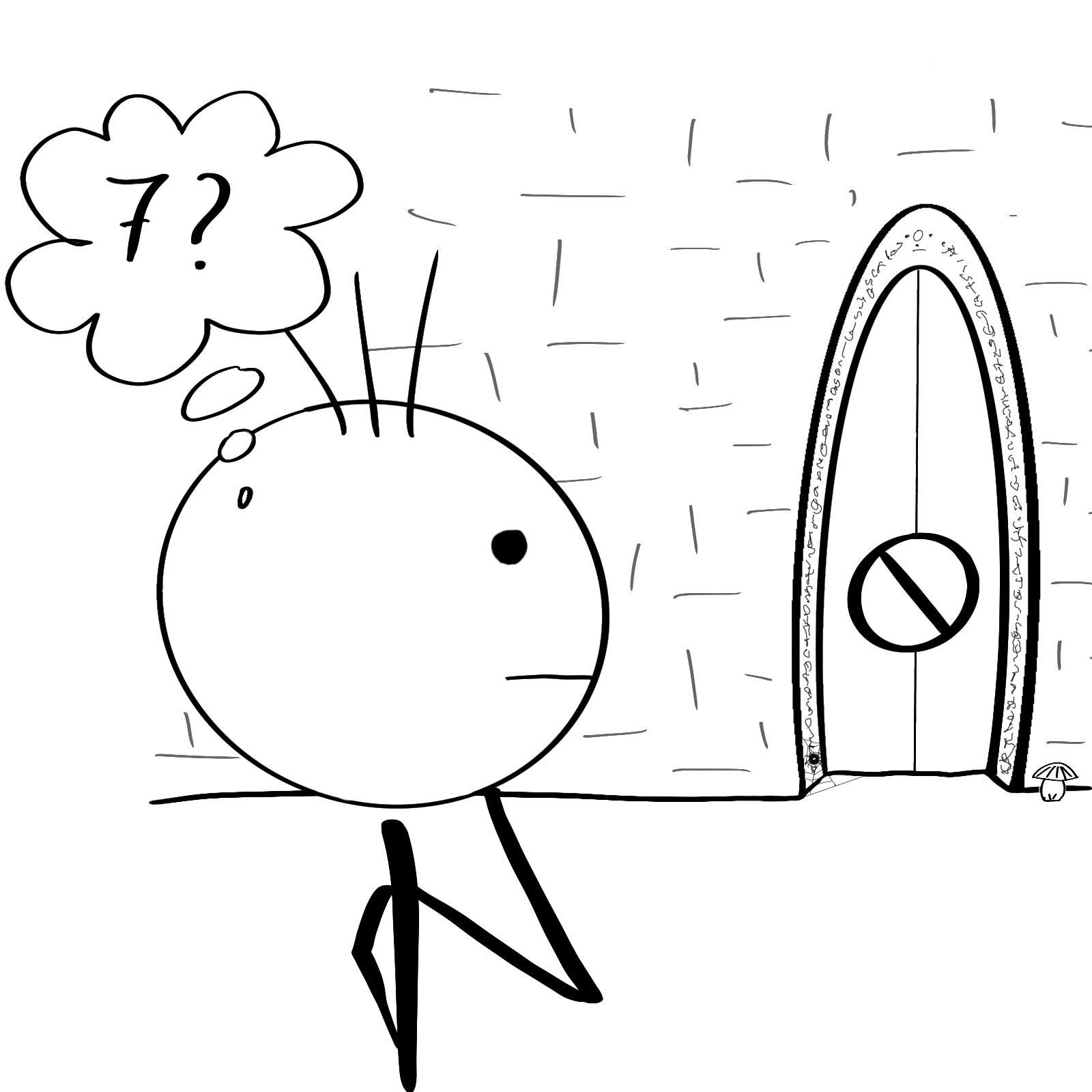Thursday, August 24, 2023
Every now and then we get questions about errors that we may have shown for sites in Search Console, and every now and then we encounter folks who seem to be confused about where an error came from. This is understandable: there are many issues that can arise when accessing websites, but all of them, without exception, map to a certain system that makes the access possible. In this illustrated short story we will try to shed some light on the errors and perhaps make them look a little less scary. Let's dig in!
Prologue
I like books, so when I was little, while people dreamt of becoming astronauts and firefighters, I wanted to open a library. In a castle. But then I started thinking about all the problems people might encounter while getting to my new library and while browsing the books on the shelves. You see, my castle is located in a far off place and I've been making additions to it every year (hello moat), causing problems for the local cartographer.
Chapter 1: DNS errors
Since we're talking about a castle, the location is a little obscure and hard to find. No worries though: people can use maps. But what if it's an outdated map without my moat, or it's an old map and most of the letters have rubbed away?

This is what DNS errors are (contrary to popular belief, unrelated to
Dungeons N Snakes or
Dangerous Navigation System): your clients consult a map (a DNS
server), but they cannot find the location for various reasons. The reason may be that the map
doesn't even have the location of the library (so called
NXDOMAIN
error in DNS terms) or the language is not legible for the user (loosely,
FormErr
in DNS terms).
DNS errors are most often caused by some setting—or lack of thereof—on the DNS server. This means that unless you manage the DNS server yourself (you draw the map for your patrons), you will have to contact your DNS provider (or local cartographer) to fix the errors. If you don't know who your DNS provider is, try to ask your hosting provider or wherever you registered your domain name.
While there may be issues on the client's side, too, for example if they forgot their spectacles and can't see the letters on the map, it's more likely that the issue is with the map itself.
Chapter 2: network errors
Once our brave patron knows the path to the castle library, actually getting there can be really quite an adventure: navigating dungeons, crossing the sea of piranhas in my moat, and yes, sometimes fighting dragons.

Network errors are like obstacles for our patrons: network components between the client (browser, crawlers, etc.) and the server are blocking the traffic. The blocking may be accidental, for example if a major router goes down, or intentional, like a firewall blocking traffic.
Debugging the situation is as unpleasant as stubbing a toe, unfortunately: you need to identify which component in the route from the client to the server is doing the blocking. Unfortunately there can be dozens of independent components in the route, most of them managed by neither the client or the server, and there's no shortcut for spotting which component is blocking the path. Fortunately, though, the blocking is usually caused by a firewall either right before the server or at your CDN's end; getting in touch with your hosting provider or CDN is the right thing to do if you're not comfortable messing with your firewall.
Chapter 3: server errors
Even if our patrons reach the library, the library itself may have issues, though. For example, maybe the library cards are water damaged and it's impossible to find books anymore, or even worse the dragon the patrons were fighting enroute to the library may have set the whole building ablaze.

These are essentially your server errors: there's something wrong with the service that makes it impossible for visitors to get the content (book) they're looking for. If you can't figure out what's causing it, get in touch with your server manager or your hosting provider. Unfortunately the clients can't do anything about it though; they'll have to leave without checking out a book.
Chapter 4: client errors
Once in the library, sometimes our bookworm patrons may ask for novels that are either not available (because another reader already checked them out) or simply not allowed to access (because they're locked in the forbidden section). These are client errors: they requested the wrong thing in some sense, though the wrong thing might just be something that you don't have on the shelves right now.

Other times, the tome they seek is in the forbidden section of the library and the patron needs to satisfy some criteria, for example recite a passphrase to enter the section.

In a nutshell, all client errors are technically down to the client to fix: you can help them by redirecting the URL (recommending an alternative book), but most often the clients' request is just impossible to fulfill.
Epilogue
Alls well that ends well: if clients can jump through all these hoops to get in the library, find the book and check it out, they can finally enjoy reading about their favorite sparkling vampire. Or your content, if you're a site owner.
If you're craving a deeper explanation of errors and how they relate to Google Search, check out our documentation. If you like my stick figures or have ideas about where they should go next, chat with us on our @googlesearchc handle or in our community forums.
